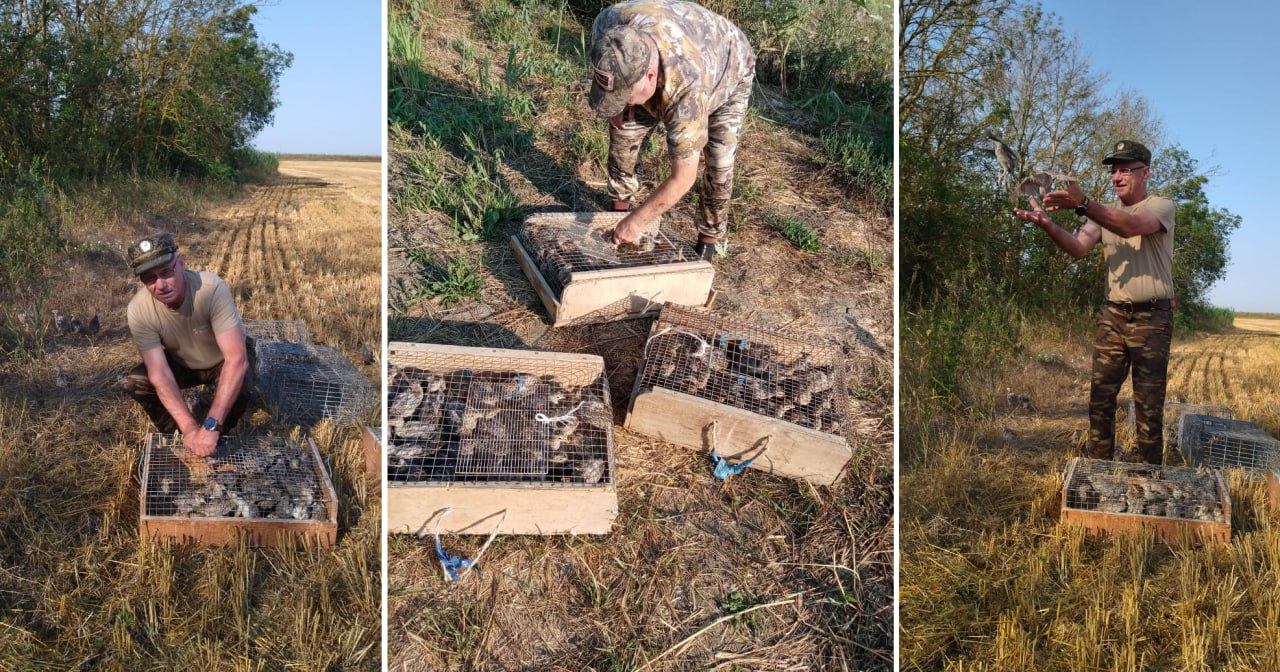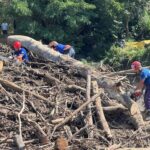The birds are released into their natural habitat to replenish the population. They were specially purchased in Bryukhovetsky District for this purpose.
North Caucasian pheasants are expected to diversify the local population, according to the chairman of the Krasnoarmeysky District hunters and fishermen society.
“Bryukhovetsky District has a specialized farm with incubators and other equipment where the birds are raised until they are two months old. Under the agreement, our society annually purchases young pheasants so that newcomers from other areas can strengthen the local population. This helps refresh the gene pool,” he noted.
A total of 300 pheasants were released into the wild. Although the bird population is stabilizing, hunting restrictions remain in place in the district—only males can be hunted.
Additionally, 200 North Caucasian pheasants were released in Temryuksky District. The birds were raised by employees of the Kuban Pheasant enterprise. Every year, over 5,000 pheasants are released into their natural habitat in the region.
Krasnoarmeysky District
The Krasnoarmeysky District is a territorial division located in several regions of Russia, most notably in Volgograd Oblast. Historically, it is known for its agricultural and industrial significance, with roots tracing back to the Soviet era when it was developed as part of the country’s modernization efforts. The district also bears cultural importance, featuring landmarks and memorials tied to Russia’s wartime history, particularly World War II.
Bryukhovetsky District
Bryukhovetsky District is a rural district located in Krasnodar Krai, Russia, established in 1924. Historically, it has been an agricultural region known for its fertile lands and Cossack heritage. The area played a role in the Kuban Cossack settlements and today remains focused on farming and local traditions.
North Caucasian pheasants
North Caucasian pheasants refer to the vibrant and diverse pheasant populations found in the North Caucasus region, known for their striking plumage and ecological significance. Historically, these birds have been part of local hunting traditions and wildlife conservation efforts, with some species being reintroduced to preserve biodiversity. The region’s varied landscapes, from forests to foothills, provide an ideal habitat for these pheasants, which are also celebrated in regional folklore and art.
Temryuksky District
Temryuksky District is a region in Krasnodar Krai, Russia, located along the northeastern coast of the Black Sea. Historically, it was part of the ancient Bosporan Kingdom and later inhabited by Circassians before coming under Russian control in the 18th century. Today, it is known for its agricultural production, vineyards, and coastal resorts like Golubitskaya.
Kuban Pheasant
The Kuban Pheasant is a cultural and historical site in the Krasnodar region of Russia, known for its association with the Kuban Cossacks and traditional folk culture. It often symbolizes local heritage, featuring in festivals and events that celebrate the region’s history, including its agricultural and hunting traditions. The name may also reference the area’s natural beauty and wildlife, particularly the pheasant, which is native to the region.






